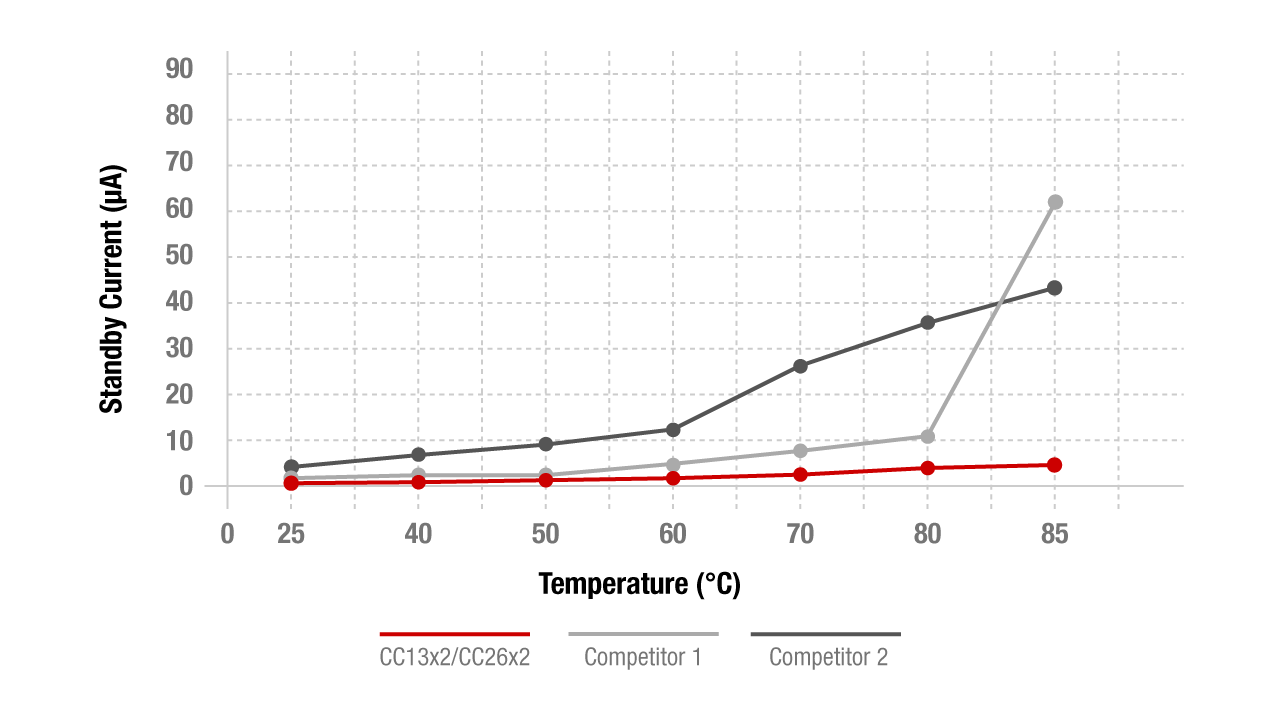SSZT373 november 2019 CC2652P

In a world where just about everything is connected, design engineers are always looking for new ways to enable wireless technology without compromising range or performance. Many thermostats or heating, ventilation and air-conditioning (HVAC) controllers have built-in wireless technology, enabling homeowners to communicate with their smart home by simply using their cellphone.
The same principle applies in the industrial space, where business owners or factory operators want the ability to continuously monitor the health and status of their HVAC and other connected systems. This can be achieved using a long-range wireless link rather than expensive and inflexible wired deployments. The 2.4 GHz band uses shorter waves and typically has a shorter transmission range unlike Sub-1 GHz technology.
Achieving long range
One way to extend range in a 2.4 GHz wireless application is to use a power amplifier (PA) to increase the power at which that the system is transmitting, which in return increases the application’s total link budget. To put this in perspective, each +6-dBm increase in link budget doubles the total range of the system in free-space at ideal conditions.
Flexible design with wireless multiprotocol
Bluetooth-connected devices can extend their connectivity to communicate with and control the latest smart devices but may no longer be sufficient in this age. Many new applications like Thermostats now runs on multiple wireless protocol stacks concurrently to enable support to communicate with cellphones and various smart home devices at the same time.
Low power is essential
Extending a battery-operated device like a wireless temperature and humidity sensor can be vital when you want to ensure years of operation versus just a few months. This example of battery-powered wireless sensor periodically samples and transmits data. A long battery life for such a sensor is especially important in cases where the battery is nonreplaceable or is located in an inaccessible location.
The CC2652P MCU ultra-low-power sensor controller engine is a programmable CPU to create smart sensing applications. The sensor controller engine consumes about 1 µA of system current for a 1-Hz analog-to-digital converter sampling application.
As you can see in Figure 1, all of these factors combine to enable you to meet power-consumption requirements without sacrificing performance across the industrial temperature range.
 Figure 1 SimpleLink MCU diagram showing standby current consumption
Figure 1 SimpleLink MCU diagram showing standby current consumptionConclusion
As you can see, it is possible to extend range while maintaining solid performance and low power in your wireless design. Wires are expensive, inflexible and in many instances antiquated in our connected world. The SimpleLink CC2652P MCU can help you jump-start your design and achieve a flexible solution with both low power and long range.